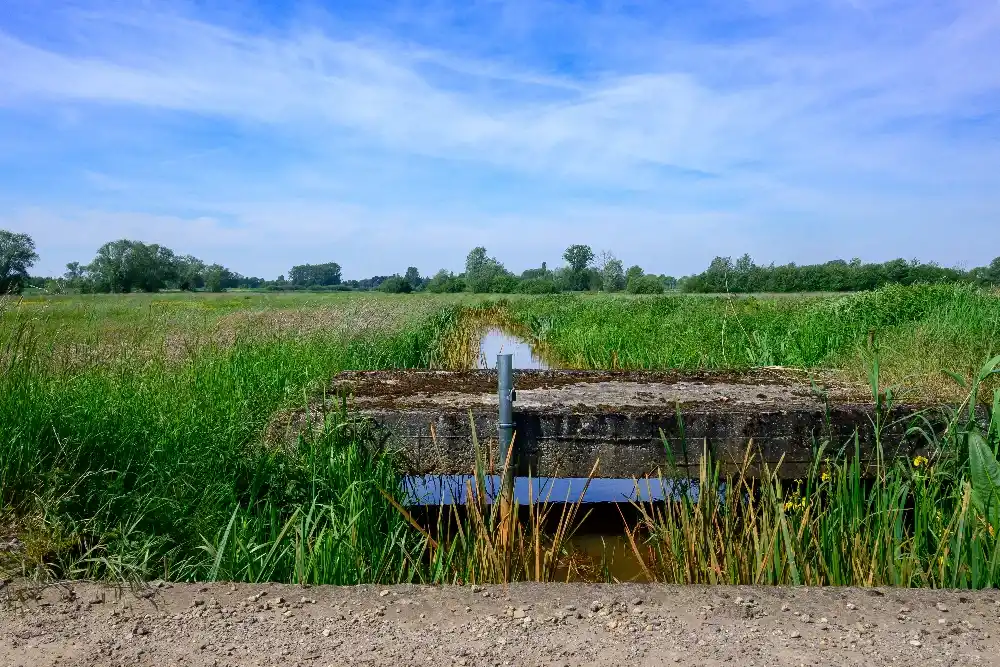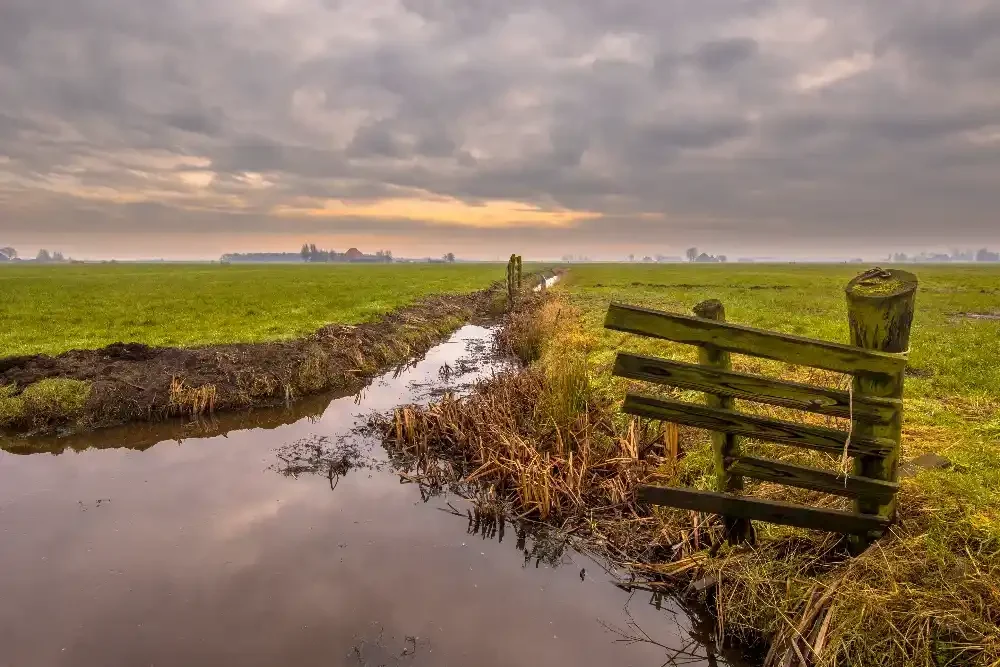
Septic systems are out of sight and sometimes out of mind—until a problem arises. The drain field, sometimes called a leach field, is a critical component of the system. If you’re wondering how long does a septic drain field lasts, you are not alone. This is a common question among homeowners, particularly those contemplating long-term property care. Let’s look at what defines the lifespan of a drain field, the indicators of failure, the expense of replacement, and what you can do to extend it.
How Long Does a Septic Drain Field Last?
Average Lifespan of a Septic Drain Field
On average, a septic drain field will survive between 15 and 30 years. In rare circumstances, with proper care, it may expand even more. But nothing lasts forever, especially a system component that operates 24 hours a day, seven days a week beneath your yard.
Factors That Affect the Lifespan
Several factors impact your leach field’s life. Some things are under your control. Others, not so much.
Soil Type and Drainage
Good soil with good drainage allows water to flow through your system more effectively. Clay-heavy or compacted soil retains water, shortening the life of your drain field.
System Usage and Household Size
More people using more water means more stress on the system. A four-person family will naturally put more demand on the system than a couple.
Installation Quality and Design
A poorly designed or badly installed system may fail considerably sooner. It pays to recruit experienced specialists from the beginning.
Maintenance Frequency
Regular pumping and inspections are essential. Skipping maintenance is like disregarding oil changes on your car: you’re asking for disaster.
Can A Leach Field Last 100 Years?
Technically, yes. Realistically, no. While simple repairs may allow a system to function, most leach fields will not last more than 50 years. If you acquired a very old system, don’t expect it to last forever. This is where septic drain field replacement comes into play.
How Do You Know If Your Drain Field Is Bad?
You don’t have to be a plumber to recognize the red signals. Trust your senses and intuition.
Indicators That a Septic Drain Field Needs Replacement

Pooling Water or Soggy Ground
Water collecting over your drain field is more than simply rain. It’s an obvious clue that something is wrong underground.
Foul Odors Around the Drain Field
If you smell sewage outside, your drain field may not be absorbing wastewater effectively.
Slow Drains and Backups in the House
When sinks and toilets back up, it is more than just an annoyance. It’s possible that the leach field has reached a breaking point.
What Can Contribute to a Leach Field's Failure?
How do you know if your leach field is failing? Understanding the causes of failure might help you prevent them.
Flushing Non-Biodegradable Items
Wipes, hygiene items, and even some toilet paper can clog your system.
Grease and Fat Buildup
These don’t only block pipes; they solidify and impair the soil’s capacity to absorb moisture.
Tree Root Intrusion
Roots can permeate pipelines, resulting in clogs and structural damage.
Lack of Routine Pumping
Failure to pump the tank introduces sediments into the leach field, clogging the system.
Cost to Replace Septic Drain Field
The final cost is influenced by factors such as system size, soil conditions, municipal permission requirements, and manpower.
Average Cost Range
The cost to replace a septic drain field typically falls between $3,000 and $15,000. Larger properties or difficult installations might raise that number even further.
Can You Rejuvenate A Leach Field?
You may sometimes rejuvenate your system without replacing it completely.
What Is Leach Field Rejuvenation?
It’s a procedure designed to restore the field’s capacity to absorb and treat effluent.
Common Methods for Rejuvenation
Jetting or Aeration
This removes blockages and restores flow. Consider it like power-washing your leach field.
Biological Additives
Certain bacteria-based treatments can remove buildup and improve soil absorption.
Mechanical Restoration
More forceful procedures, such as air fracturing of the soil, can help to reestablish water flow.
Can An Old Septic Field Be Reused?
Maybe—but only under the right circumstances
Conditions for Reusing an Old Drain Field
The system must be structurally robust and uncontaminated. This is unusual in earlier systems.
Testing and Inspections Required
Before reusing a field, specialists will check for saturation, soil health, and pipe quality.
Maintenance Tips for Your Septic Drain Field
A little attention may go a long way.
Schedule Regular Septic Tank Pumping
Schedule septic tank pumping every 3-5 years. Do not skip it.
Conserve Water to Reduce System Strain
Simple modifications, such as correcting leaks or installing low-flow fixtures, can help keep things operating smoothly.
Keep Heavy Objects Off the Drain Field
Cars sheds, and even children’s playhouses can compact soil and cause harm.
Direct Surface Water Away from the Drain Field
Make sure gutters and sprinklers do not discharge water into the system.
Avoid Planting Trees or Shrubs Nearby
Leach fields and nearby roots are incompatible.
Avoid Harsh Chemicals or Additives
Bleach and chemical drain cleansers can destroy the beneficial microorganisms in your system.
Contact Wally Blanton Plumbing & Sewer to Extend the Life of Your Septic Drain Field
If you’re asking yourself, how long does a septic drain field last, or wondering when to plan for septic drain field replacement, don’t wait for the system to fail. Regular checks, good upkeep, and timely repairs can help you save thousands.
When difficulties do emerge, contact the professionals at Wally Blanton Plumbing Inc. Whether you require maintenance, inspections, or a complete replacement, we are here to help. Visit Wally Blanton Plumbing Inc. immediately or call to make an appointment. Your septic system—and you—deserve expert maintenance.
